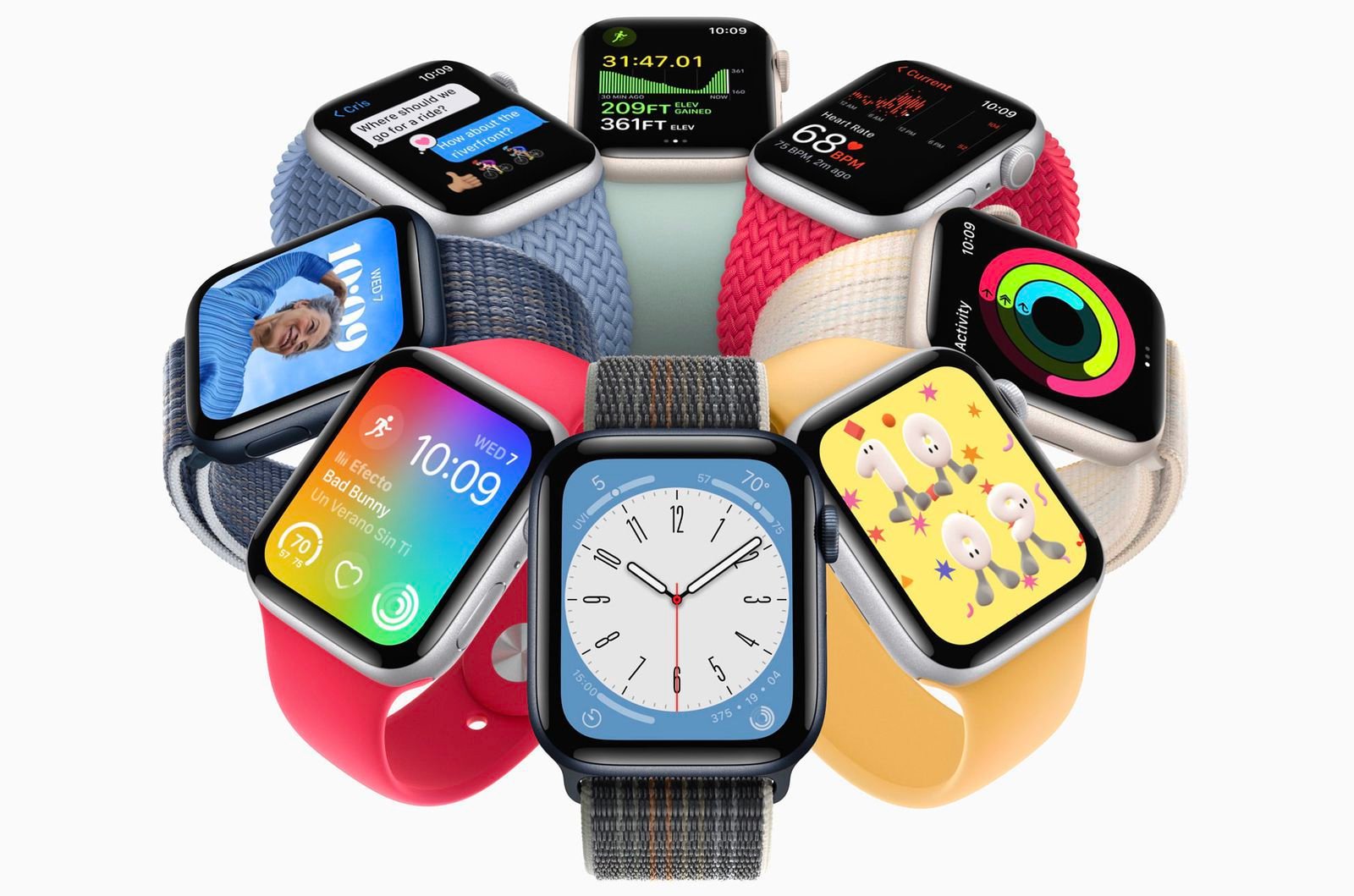Apple’s recent emphasis on using the Apple Watch during sleep stems from the device’s ability to track and analyze various sleep stages, providing users with insights that can potentially enhance their sleep quality. The watch utilizes an array of sensors and algorithms to monitor sleep patterns, including REM, core, and deep sleep stages, offering a detailed overview of sleep health directly from the wrist.
How the Apple Watch Tracks Sleep
The sleep tracking function on the Apple Watch uses an accelerometer to detect movements that differentiate between wakefulness and sleep. This, combined with heart rate data and algorithms, allows the watch to map out the user’s sleep patterns comprehensively. Users can view their sleep duration and consistency over time, as well as receive feedback on sleep trends. The device also promotes better sleep hygiene by encouraging users to set and adhere to a consistent bedtime schedule through its Wind Down feature, which minimizes distractions before sleep.
The Role of the Health App
The integration with the iOS Health app enhances the functionality of sleep tracking on the Apple Watch. It provides users with a broader context of their health metrics, such as heart rate variability during sleep, which can be an indicator of overall well-being. The Health app displays detailed visuals of sleep patterns, including the time spent in each sleep stage and overall sleep quality.
Why Apple Advocates Wearing the Watch at Night
According to Apple’s Health VP, wearing the Apple Watch to bed maximizes the potential health benefits it offers. Continuous sleep tracking helps users better understand their sleep behaviors and identify areas for improvement. For example, the analysis of nightly data can reveal the impacts of daily activities on sleep quality, guiding users towards healthier lifestyle choices that promote better sleep.
Apple’s push for users to wear their Apple Watch at night is backed by the device’s ability to provide valuable insights into sleep patterns and overall health. This move is part of a broader strategy to integrate wellness more deeply into everyday technology use, making health monitoring more accessible and actionable for users.



















Add Comment